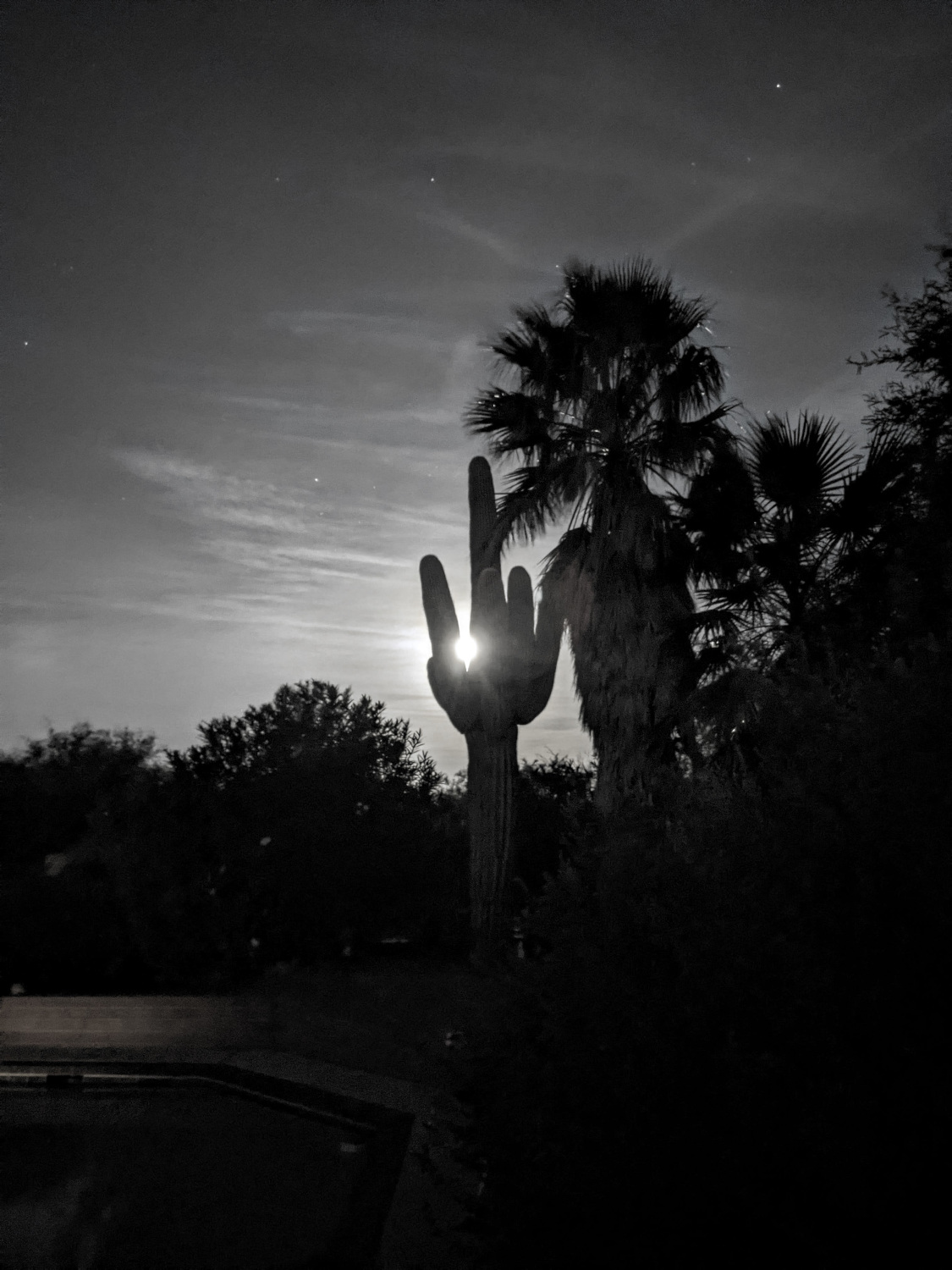It looks so close! This is an actual image taken from Earth of Mars emerging from lunar occultation. Taken by Andrew McCarthy using a 14″ telescope.
The next Generation Mars book, Food, takes place on both Luna and Mars. And points between…

Book Series
It looks so close! This is an actual image taken from Earth of Mars emerging from lunar occultation. Taken by Andrew McCarthy using a 14″ telescope.
The next Generation Mars book, Food, takes place on both Luna and Mars. And points between…
Human activity on the Moon will increase dramatically in the next decade. This article provides a concise view why.
A subplot in the forthcoming book, Water, involves a cousin on Earth who’s dad gets an assignment at the south pole of the Moon, studying ice cores for a new mine.
Well, this is cool.
Perseverance captured color video of Phobos as it transits the Sun, and it is wild. Look at lumpy Phobos! Look at the sunspots!
If you watch carefully, you’ll note that the Sun is moving up in the frame even as Phobos moves down. This is true: Phobos has such a short orbital period (7 hours and 39 minutes) that it moves west to east across the sky.
The HUD took over the front window, showing the fading blue of the sunset behind them. There was a particularly bright star shining there as well. “See that bright one there, near the horizon?” asked their mother. The sisters nodded. “That’s Earth,” she said, “and, if we’re very lucky…” she typed on her tablet and the HUD zoomed in on the bright star, splitting it into two: one bright and one smaller and very dim. “Yes, perfect,” she said. “This is using the telescope mounted on the roof. That little one is the Earth’s moon.”

Shelter: Generation Mars, Book Two
Coming in March
(image: Luis Peres)
I chose sleep over eclipse last night. But I did snap this pic of the plain old full moon early this morning.

The USGS recently released a comprehensive geologic map of the Moon.
Digital versions available at https://astrogeology.usgs.gov/search/map/Moon/Geology/Unified_Geologic_Map_of_the_Moon_GIS.
“The issue of the origins of Phobos and Deimos is a fun sort of mystery, because we have two competing hypotheses that cannot both be true,” Fries said.
I found this profoundly moving. Clair de Lune is always one of those prickly hair on the back of the neck songs for me. But this takes it to an entirely new level.
Bravo, NASA Goddard.
I really like this picture. Not only does it show surprising detail despite the dust storm, but look at those moons!
Deimos is tiny and weird. We have surprisingly little good imagery of it. Here’s a new composite from old sources. No sign of baobabs.